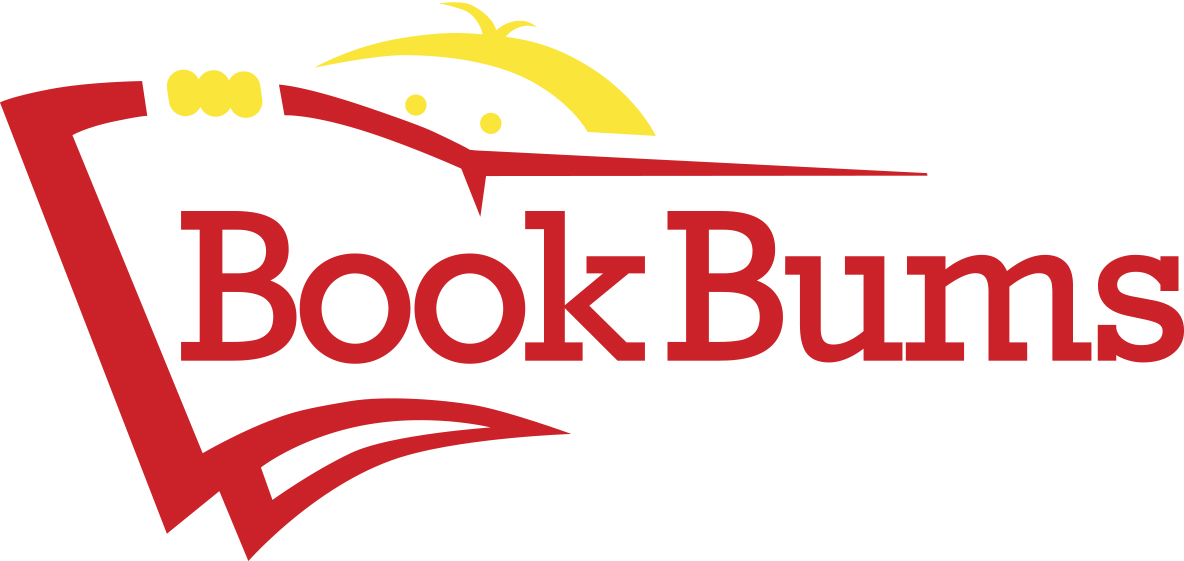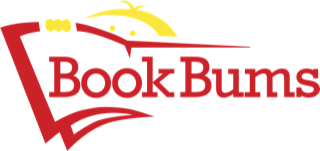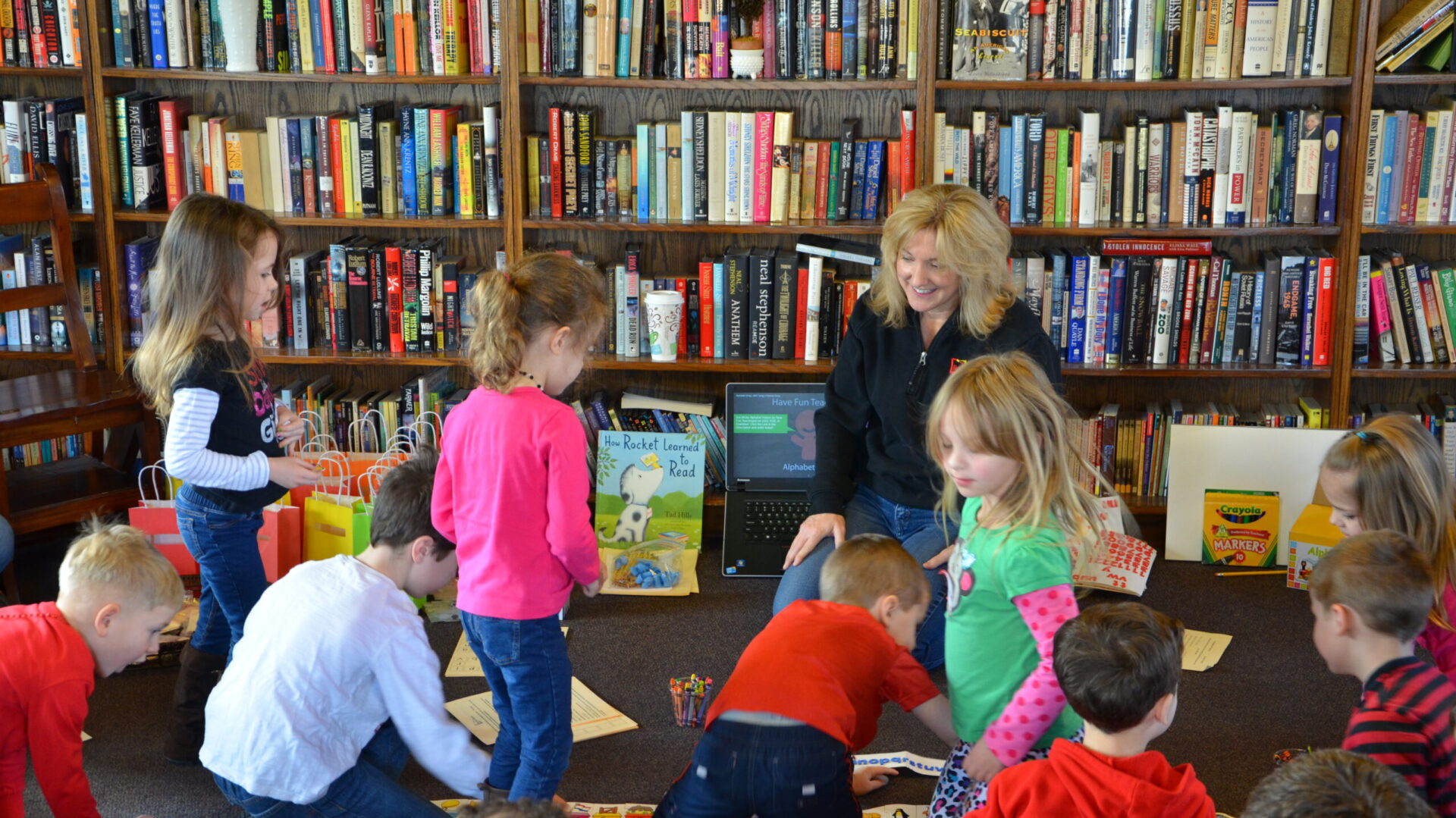
Hello Book Bums families!
We always say that at Book Bums we make learning to read fun, but remember there is real research and science behind what we do. This week in the newsletter, Dr. Christy shares her teacher notes about a great family read-aloud book to help you make the most of your reading time together. We also share vocabulary, poetry, and some important calendar updates. Read on and enjoy!
Bookbums.com is an Amazon Associate; We earn from qualifying purchases. This means that if you click on a link to Amazon.com and make a purchase, We may earn a small commission at no extra cost to you. We do recommend the products. Feel free to find them by other means.
Word of the Week
sufficient (suh-fish-ent) adjective/describing word - enough to meet needs, adequate
When Ann checked her bank balance she saw that she had sufficient funds for a weekend road trip but not enough for an airplane ticket.
Literary Calendar
• October 2 is the birthday of American poet Wallace Stevens.
• He wrote and published in the first half of the twentieth century and was part of the Modernist movement.
• Stevens was born in Reading, PA, not far from where Taylor Swift was born.
"The most beautiful thing in the world is, of course, the world itself."
-Wallace Stevens
Pause for Poetry
The House Was Quiet and The World Was Calm
by Wallace Stevens
The house was quiet and the world was calm.
The reader became the book; and summer night
Was like the conscious being of the book.
The house was quiet and the world was calm.
The words were spoken as if there was no book,
Except that the reader leaned above the page,
Wanted to lean, wanted much most to be
The scholar to whom his book is true, to whom
The summer night is like a perfection of thought.
The house was quiet because it had to be.
The quiet was part of the meaning, part of the mind:
The access of perfection to the page.
And the world was calm. The truth in a calm world,
In which there is no other meaning, itself
Is calm, itself is summer and night, itself
Is the reader leaning late and reading there.
From our Bookshelves
As I was saying farewell to a family at Book Bums because their son was graduating from tutoring, I reminded them to keep their son reading and that I share lots of book recommendations in our newsletter. I realized then that I need to be more diligent in sharing books for older elementary students, so this week I’m recommending The Summer of Monkeys by Wilson Rawls. If the author’s name is familiar, it’s likely because Rawls also wrote Where the Red Fern Grows.
Where the Red Fern Grows is often criticized for being too sad and for being too descriptive when it comes to activities associated with hunting and a particular tragic accident. (It is descriptive and sad, but it’s wonderful too.)
The Summer of Monkeys is not nearly so heavy on the heart. The story shines light upon the deep and abiding love of family (grandparents included), the hope that comes with faith, and the joy that comes with working hard and not giving up on a dream.
The Summer of the Monkeys is “An NPR Must-Read for Kids Ages 9 to 14,” though it may be too difficult for readers ten and under because they aren’t likely to have sufficient background knowledge to make sense of some of the text. That makes this book a fantastic choice for a family read aloud book. It offers so many opportunities for discussion and for noticing topics and literary devices together.
Though the book is for kids, I know many adults who’ve enjoyed it for their own pleasure reading.
Tips for Families
Should you choose to read The Summer of the Monkeys with some kids you adore, I’m including some notes I made so you can extend the reading and your kids’ background knowledge as you enjoy the story together.
For the first part of the book, I’d just read at a good pace to get your kids into the story. Authors have a very big job to do at the beginnings of books. They must introduce the characters (who), the setting (when and where), the problem (what), and they must make the reader care (why). It can be challenging to hold readers’ interest for those first few chapters, so read without stopping much for a bit. You may need to clarify some word meanings. Do that quickly and keep it moving.
As you become captivated by the story, you may delve into some related, explicit instruction with your kids.
• Page 88, paragraph 4- Notice together the alliteration (the occurrence of the same sound at the beginning of adjacent or closely connected words).
• Page 114, paragraph 8- Notice how authors often define for readers unfamiliar words within the text.
• Page 124, paragraph 1- Kids probably won’t know what a whisky still is, so you’ll need to share information you feel is appropriate as you read this section. Though drinking the whisky mash from the barrel results in drunkenness (of monkeys and boy), the result serves to dissuade alcohol consumption.
• Page 151, final paragraph- If you read the following sentence to your kids, they probably wouldn’t have any understanding: Everyone, but me, was still laughing at Daisy’s remarks when Grandpa said, “Get up” to the mares. Can you see how this would be a troublesome sentence—especially out of context? As adults we are familiar with the words “giddy up” and know they’re used to get horses moving. We can assume that “Get up” is related because we know what mares are. Are your kids equipped to make meaning here?
• Page 152, paragraph 4- Though your kids probably know some familiar idioms, it could be a good idea to address this one: Rowdy was on needles and pins. A quick mention that he wasn’t really sitting on needles and pins and that this figurative language was used to help us to imagine how Rowdy was feeling/what he was doing. (He was anxious and couldn’t sit down.)
• Page 164, the final paragraph- He’s always rubbing me the wrong way. Note, quickly, that this too is an idiom. Discuss the meaning.
• Page 170, paragraph 6- Buy a coconut and allow your kids to see if they can see a monkey face on the nut, then crack the coconut open and try the milk and fruit.
• Page 172, paragraph 2- This might be a great way to inspire an investigation of trees. Back on page 155 you’ll find more trees named. Since it is fall, it might be the perfect time to notice the trees in your yard or at the park. Take a hike and use this identification tool to identify some trees you observe. We also love the PictureThis—Plant Identifier app!
• Page 182, paragraph 3- The term allusion is often used in educational settings today. An allusion is when one calls something to mind without mentioning it explicitly. Daisy alluded to a book about Thor, the Norse god. She recommends it to Jay Berry (you can talk about books you’d recommend to one another too). Note that on the following page, Jay Berry specifically names a few book titles (note that book titles are written in italics), and those are not allusions.
• On page 191, there’s another allusion. It says, “I’m going way back in the mountains and live in a hollow tree for the rest of my life . . .” This may be referring to the book My Side of the Mountain by Jean Craighead George (highly recommend) which was published in 1959.
• On page 247 the author names a variety of birds singing on a particularly beautiful day. I know it sounds crazy, but you can build kids’ interest in birds. First, have you seen this video? It’s a boy with autism doing bird calls, and he’s fantastic! My granddaughter was in awe. To take it one step farther, you can use an app called Merlin Bird ID by Cornell Lab to identify some birds in your neighborhood.
• On page 271, in the final paragraph, you’ll find a simile. Her eyes were as bright as morning glory blossoms. Remember that similes use the words like or as to make comparisons. Metaphors are comparisons that don’t use the words like or as. She’s an angel.
• On the final page of the book, it mentions the legend of the rare fairy ring once more. You could discuss what a legend is (a traditional story passed told across many years, sounds historical but is unauthenticated) and share some examples such as Johnny Appleseed, King Arthur, and Paul Bunyan.
Tips for Raising Readers and Writers
If you’re new to Book Bums, you may not realize that we were not always a tutoring center. We used to embrace an entirely different business model. Our aim was to equip and inspire parents to take the lead in their children’s literacy lives. My doctoral study focus was on what parents of high achieving readers do that impacts their kids’ literacy achievement, and I wanted to share what I learned with the families in my community so all kids could become skilled readers.
One thing I learned is that the parents of high achieving readers don’t “make their kids read” because a teacher told them they should. They read because that’s who they are.
Parents who turned the timer on for fifteen or twenty minutes—whatever the prescribed number of minutes—every night without fail had kids who were of the lowest achievement levels.
That seems crazy, doesn’t it? The parents were so dedicated to doing what the teacher said to do. But the truth is, making reading a task to be completed for credit diminishes the joy AND the positive effects.
If your child has to complete a reading journal or you have to sign off on the number of minutes read, I’m sorry. Please minimize your participation in those behaviors. Absolutely do read, and you can even record the book titles and the minutes but make it clear to your children that this is not WHY you’re reading. You’re reading because it’s who you are. You’re a family of readers.
And for heaven’s sake, do not use a timer. Just finish the chapter or the book. Stop when and where it makes sense for a reader to stop.
Practical Grammar
In The Summer of the Monkeys, I saw the word liable as in “Grandpa said those monkeys are liable to do anything,” and it made me think.
Libel and Liable can be pronounced as homophones—but they’re not homophones. Libel has two syllables (li-ble) and liable has three (li-a-ble), but I’ve heard folks say, “She’s /libel/ to get into trouble,” haven’t you?
That’s a mispronounced word. What the speaker means is liable (3 syllables).
We know the word libel. It’s something shared without just cause and tending to expose a person to public contempt.
She sued the newspaper for libel.
******************************************
The first definition for liable is an adjective referring to the person legally responsible for something (e.g., He’s liable for the debt that is owed).
The second definition for liable is also an adjective that indicates the likeliness of doing something (e.g., … those monkeys are liable to do anything.)
News from Book Bums
• Book Bums will be open for tutoring on Columbus Day, Monday, October 14th.
• We’ll be closed on Halloween, Thursday, October 31st and on Thanksgiving, Thursday, November 28th.
Tips for Teachers
It’s important for educators to recognize that when reading, our visual system progressively extracts graphemes (letters), syllables (unit of pronunciation with one vowel sound), affixes (additional meaning-based elements affixed to roots and/or words), and word roots (most basic word parts). Then, two major parallel processing routes come into play: the phonological route, which converts letters into speech sounds, and the lexical route, which gives access to a mental dictionary of word meanings (lexicon).
Reading is the complicated process by which we’ve come to extract meaning from squiggles on a page. Though learning to read is not a natural process (like learning to talk), our brains are equipped with visual plasticity which makes reading possible.
To support readers, teachers must address the letters, their associated sounds, and the words they make—which must include understanding the meanings of those words.
It is for this reason that explicit, systematic phonics instruction for beginning English Learners will not yield significant gains. Learners must have sufficient language comprehension before they can read with comprehension.
Stanislas Dehaene. (2010). Reading in the brain: the new science of how we read. Penguin Books.
Just for Fun

If you know someone who would benefit from our newsletter or tutoring at Book Bums, please share this email with them! Thank you.
Copyright © 2024 Book Bums, All rights reserved
Our mailing address is:
7967 Cincinnati-Dayton Road Suite L
West Chester, OH 45069


